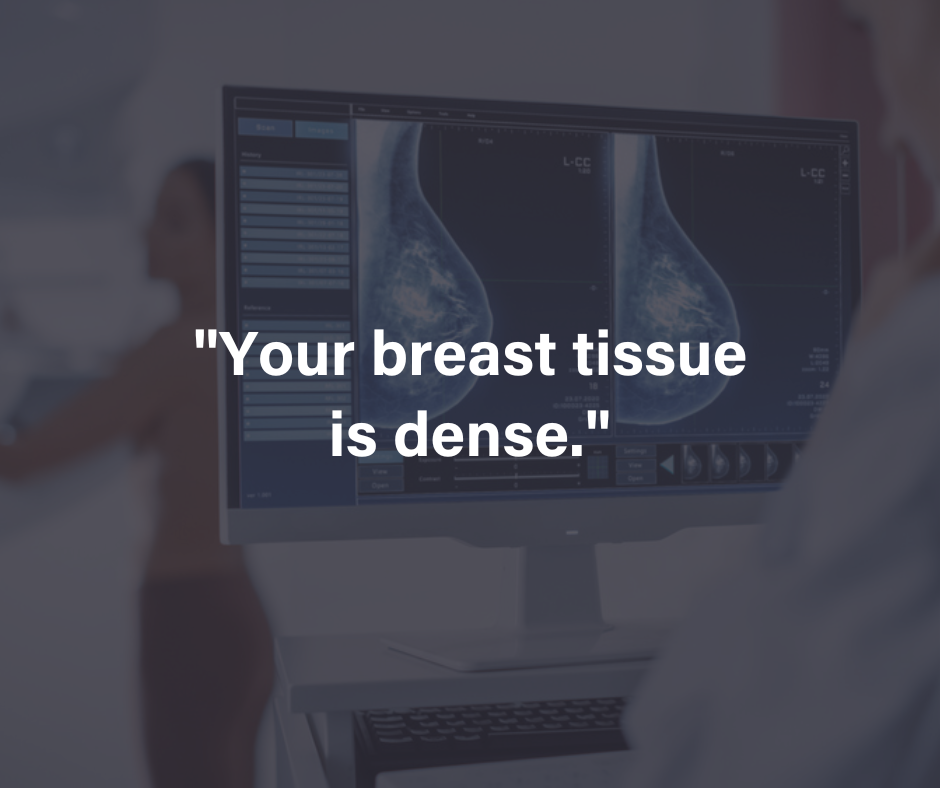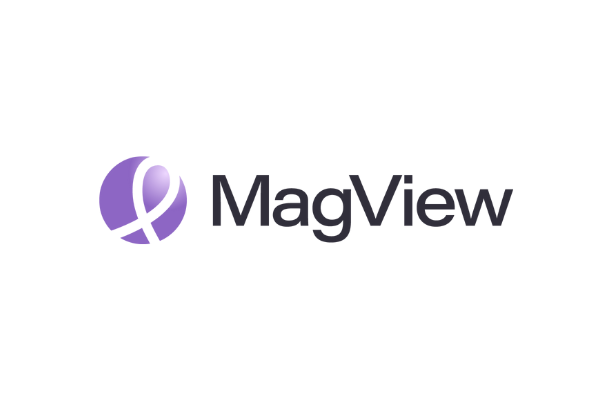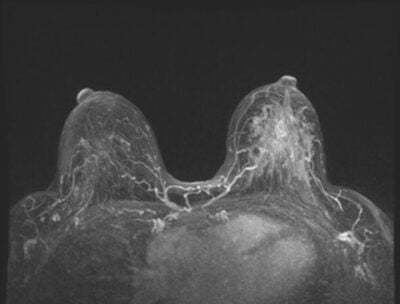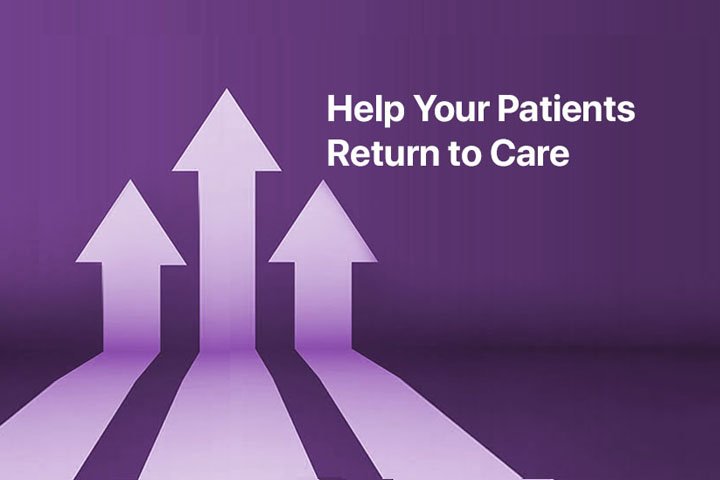Risk assessment is critical to help determine whether a woman may be at increased risk for developing breast cancer and to ensure the most appropriate testing is provided. Just ask actress Olivia Munn. Although her mammogram results were normal and BRCA-gene testing was negative, her doctor still recommended the use of a simple breast cancer risk assessment calculator to get an accurate picture of her breast cancer risk. Munn says what it revealed may have saved her life.
Munn’s “alarming” breast cancer risk assessment results
Both CNN and People covered Munn’s story. As the latter noted in its post, “What Olivia Munn’s Doctor Wants You to Know About Your Breast Cancer Risk Assessment Score,” once the Tyrer-Cuzick Risk Assessment Calculator questions were completed, results revealed an “alarming” score of 37.3 percent. Since that placed Munn in the high-risk category, her doctor ordered additional testing that eventually revealed cancerous lesions in both breasts.
Although guidelines among facilities may vary, generally a score:
- Less than 15% is considered average risk
- Between 15-19% is considered intermediate risk
- 20% or greater is considered high risk
Breast Cancer Risk assessment: Why Tyrer-Cuzick is a popular tool
The Tyrer-Cuzick, or IBIS tool, highlighted in the posts about Munn’s story is a popular breast cancer risk assessment model that estimates the likelihood of a woman developing breast cancer in 10 years and in her lifetime. According to the American College of Radiology (ACR), Tyrer-Cuzick is considered “the most comprehensive” and “the most consistently accurate” model for predicting breast cancer risk.
This breast cancer risk model uses various family factors, reproductive history, and overall medical history to estimate a patient’s breast cancer risk. Since breast density is a known factor that can increase the difficulty of detecting an abnormality and can also increase breast cancer risk, the Tyrer-Cuzick was updated in 2018 to include it in risk calculations.
Breast Cancer Risk assessment for consumers: Women want to know their scores
The CNN and People stories about Munn’s breast cancer journey included links to MagView’s free online Tyrer-Cuzick Risk Assessment Calculator that allows women to perform their own calculations. After the articles were published by each outlet, traffic to that particular page spiked, indicating women want to know where they stand when it comes to breast cancer risk — and they’re apparently turning to self-assessment tools like this one to find out.
That’s great news, since relying on annual mammograms to screen for breast cancer may not always be enough. Plus, having the risk results can help facilitate conversations with healthcare providers about whether additional testing may be needed. The more educated women are about their breast cancer risk, the more empowered they can be in advocating for their own care.
Breast Cancer Risk assessment for clinicians: MagView offerings for clinical use
MagView’s online Tyrer-Cuzick Risk Assessment Calculator is intended for use by women for self-assessment — rather than as a clinical tool. However, clinicians who would like to integrate it into their offerings can request a clinical license to do so.
But a much more in-depth offering for clinicians is MagView’s Luminary Risk software, which serves as a trusted risk solution that goes beyond producing a score to encompass all aspects of the patient workflow affected by breast cancer risk assessment.
Developed in response to the limitations of EHR systems in assessing breast cancer risk, Luminary Risk provides breast imaging centers with an integrated and comprehensive solution for assessing patients’ risk for breast cancer. This reliability and impact have made MagView’s risk assessment solutions the trusted choice for more than 2.5 million patients screened annually.
Luminary Risk seamlessly integrates with existing EHR systems to optimize the delivery of personalized high-risk breast screening to patients. This integration enhances high-risk screening programs by eliminating cross-platform manual data entry and providing healthcare providers with readily available risk assessment results without disrupting established workflows.
And although manual high-risk assessment calculators offer certain advantages — such as raising awareness and assisting women in making informed decisions about their breast cancer risk — Luminary Risk allows healthcare providers to identify potential cases earlier and streamline breast screening and treatment workflows. As a result, high-risk breast screening programs benefit from enhanced risk detection capabilities, further improving patient outcomes.
“At MagView, we recognize the crucial role of high-risk breast screening programs in providing specialized care to individuals at elevated risk of breast cancer,” says Mark Schmidt, MagView VP of Sales and Marketing. “While manual online risk assessment calculators offer some benefits, they are not designed for commercial use within mammography operations and, therefore, are limited in their ability to integrate into a breast center’s workflow. Luminary Risk represents a critical advancement in expanding the capabilities of high-risk screening programs with software that integrates seamlessly within any healthcare system architecture. With Luminary Risk, more healthcare providers will be equipped to identify and manage their high-risk breast patients with ease and expertise.”
Discover how the Tyrer-Cuzick Risk Assessment can enhance your understanding of breast cancer risk. Request a demo of MagView’s Luminary Risk software today to see how it can benefit your practice.















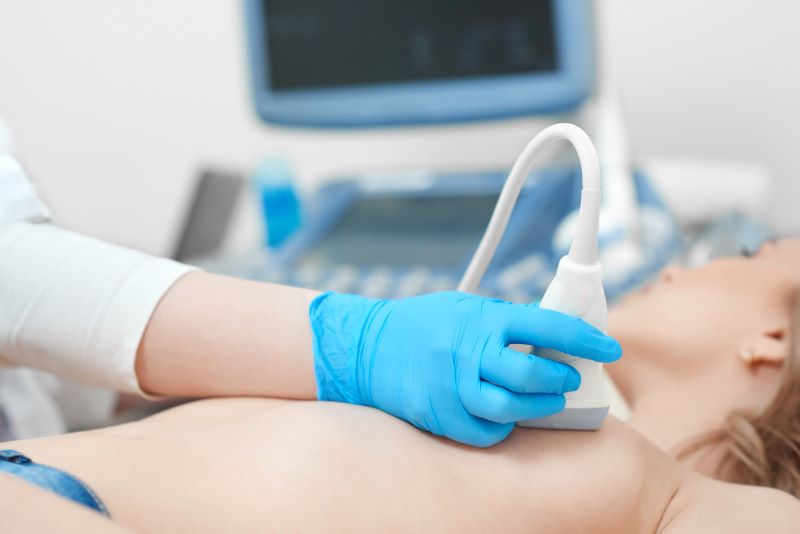
![monitoring breast density shutterstock_1299510538-[Converted]](https://magview.com/wp-content/uploads/2023/05/shutterstock_1299510538-Converted.jpg)

